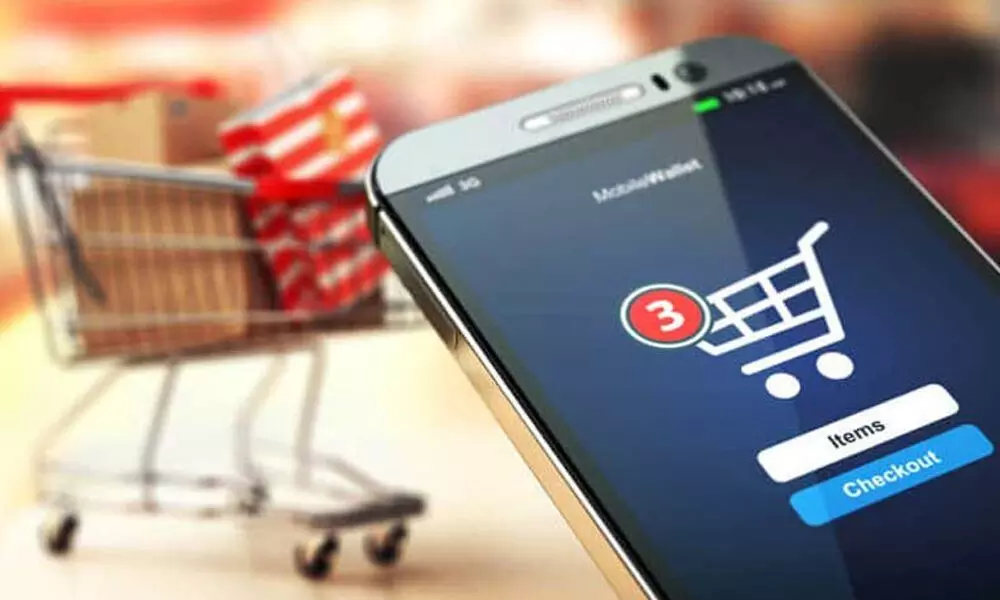Covid reshapes last-mile logistics
image for illustrative purpose

The cost of global parcel delivery, excluding pickup, line-haul, and sorting, amounts to EUR 70 billion, with China, Germany, and the United States accounting for more than 40 per cent of the market. However, the market is not just large, it is also highly dynamic, with growth rates in 2015 ranging between 7 and 10 percent in mature markets, such as Germany or the US, and almost 300 percent in developing markets such as India. This means that, in mature markets, volumes could double over the next ten years, reaching roughly 5 billion and 25 billion parcels per year in Germany and the US respectively.
The largest driver of this growth is not surprisingly e-commerce, which has shifted market share from the B2B to the B2C segment. B2C once made up 40 percent of the market, but has since exceeded 50 percent in a number of countries, including Germany. In addition, the last mile's hefty share in total parcel delivery cost - often reaching or even exceeding 50 per cent – makes it a key process step for those seeking to gain a competitive advantage. At the same time, it is precisely at the last mile that many incumbents are struggling, as they often shoulder significant labour cost disadvantages and therefore, all else being equal, competitive disadvantages. Size, growth, and the difficult positioning of incumbents alone already provide ample grounds for studying the future development of the last mile. But there is one more critical factor supporting the case for taking a closer look: the last mile is seeing disruption from new business models that ddress customer demand for ever faster delivery, as well as new technologies that are likely to reach market readiness over the next ten years, including drones and autonomous ground vehicles (AGVs).
Covid-19 has shifted the way people buy goods, accelerating the rise in online shopping and e-commerce deliveries. According to a new report from the World Economic Forum, this has led to a 25 per cent rise in consumer e-commerce deliveries in 2020.
The new report, Pandemic, Parcels and Public Vaccination: Envisioning the Next Normal for the Last-Mile Ecosystem, explores changes seen over the last year which will greatly influence last mile deliveries in the future. Beyond rising demand, the past year has also seen a large shift to greener delivery options, with wider spread EV across the industry and more stringent carbon emission rules from cities expected to shape delivery networks in the near future. Overall, the report finds six main structural changes to the delivery and logistics sector that are expected to last:
Six structural changes
The pandemic has caused an increase in last-mile deliveries that are likely to persist. In 2020, business-to-consumer parcel deliveries have risen by about 25 per cent. The report suggests that part of this increased demand will be durable, with at least 10-20 per cent of the growth remaining post-pandemic. Consumers increasingly buy new types of products online and consider environmental and health impact when buying. As consumers continue to buy a wider array of goods online, they are also becoming more ecologically aware. For example, 56 per cent of millennials cite environmental protection as the reason for choosing alternatives to home delivery.
Decarbonisation of last-mile deliveries has accelerated
Companies and cities have ramped up commitments to make emission-free deliveries, while many pandemic-related economic stimulus packages, especially in the European Union and China, contain provisions to support green mobility and goods transport.
Faced with budget challenges and increased transport needs, cities steer last-mile transitions. Many cities, like Seattle and Boston, have started to repurpose kerb space to designated delivery pick-up. Others, including Santa Monica and Amsterdam, are taking bold action on cleaner delivery with "zero-emission delivery zones" and electric vehicle charging infrastructure.
Proven technologies are fuelling the last-mile ecosystem revolution.
While disruptive new technologies, such as drones and delivery robots, will continue to emerge, the last-mile revolution is happening now as proven technologies scale up. The likes of parcel lockers and data sharing for load pooling are being adopted around the world as the costs of implementation decrease.
New business models emerge to meet increased demand for sustainable delivery vehicles.
Certain logistics companies are now offering services to online retailers, which will help them identify the delivery routes most suited to make the immediate transition to electric delivery vehicles.
Last mile for vaccines
While ensuring equitable access to Covid-19 vaccines remains the most pressing issue in global vaccine distribution, effective last-mile delivery is another critical issue for countries. The key challenges are cold storage, second vaccine dose needs, and a disconnect between the vaccine and patient journey.

